There are many reasons why LDR's compared to Photo Diodes (PD) are a poor choice for measuring LUX.
- process tolerance is wide with poor 3 sigma variance of results.
- spectral sensitivity is mismatched to human eye.
PD's are more sensitive to IR yet very repeatable in sensitivity. Thus for camera and light meters, the solution uses a PD with a log amplifier to expand the dynamic range from 1 to 100k LUX and adds an optical filter to results in duplicating the human spectral response centred around 550 nm green.
Sharp has pioneered this technology decades ago and the technology is now licensed to the Vishay brand name. Mouser carries these but not Digikey at one time.

The dynamic current range can be changed to a linear output voltage by the choice of the load resistor. These come in many shapes and sizes. This one is 5mm plastic THT 3 pin with a lens.
Similar parts were also developed by Infineon .

